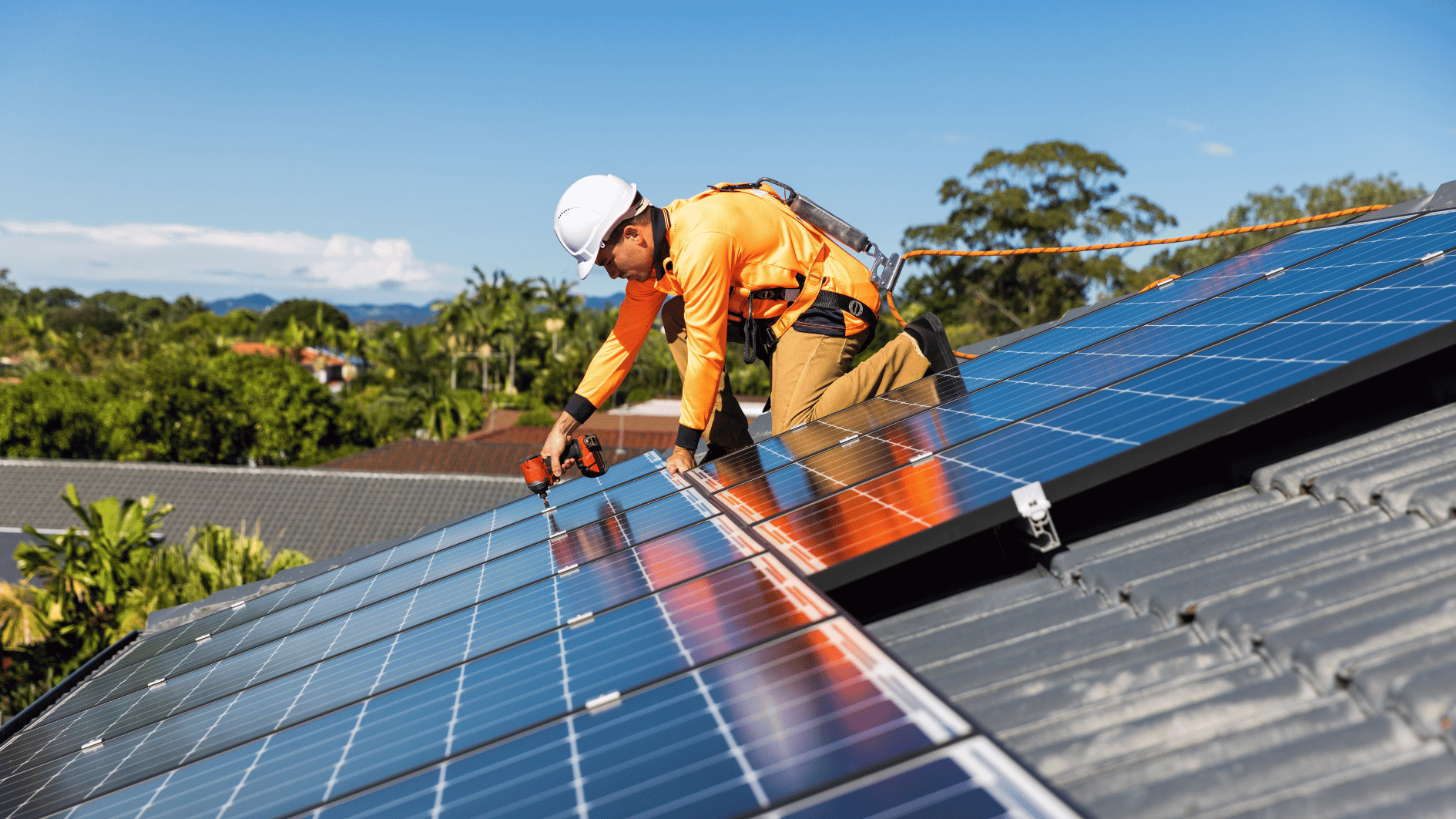The United States has officially crossed a major clean energy milestone – domestic solar module manufacturing capacity now exceeds 50 gigawatts (GW). This achievement brings the nation closer to a self-sustaining solar supply chain, reducing reliance on foreign imports while boosting American jobs and innovation.
From Vision to Reality: America’s Solar Surge
Just a few years ago, U.S. solar manufacturing was a fraction of what it is today. In 2020, the U.S. had only 7 GW of solar module production – far from the capacity needed to meet growing demand. Recognizing the need for a stronger domestic supply chain, the Solar Energy Industries Association (SEIA) set an ambitious goal: 50 GW of U.S. solar manufacturing by 2030. Today, that target has not only been met but exceeded – years ahead of schedule.
This rapid growth is part of a broader transformation in U.S. solar manufacturing:
- Solar cell production is set to expand by 56 GW, thanks to planned new facilities.
- Wafer manufacturing capacity is projected to reach 24 GW, addressing a key supply chain gap.
- Ingot production – a critical upstream component – will grow to 13 GW.
- Solar tracker production now exceeds 80 GW, reinforcing the industry’s scalability.

Shifting U.S. Energy Policy: What It Means for Solar in 2025
“This milestone shows what’s possible when smart policies align with industry innovation,” said Abigail Ross Hopper, SEIA President and CEO. “The U.S. is now the third-largest solar module producer globally, proving that domestic manufacturing can thrive with the right incentives.”
Strategic Growth: Policies Powering the U.S. Solar Industry
The explosive growth of U.S. solar manufacturing hasn’t happened by chance. It’s the result of strategic policy decisions aimed at strengthening domestic clean energy production. Key drivers include:
✅ Advanced Manufacturing Production Tax Credits – Encouraging investment in U.S. solar factories.
✅ Incentives for Solar Projects Using U.S.-Made Components – Boosting demand for domestic products.
✅ A 25% Investment Tax Credit for Solar Ingots and Wafers – Secured through the CHIPS and Science Act to support upstream manufacturing.
These initiatives have quintupled U.S. solar module production in just a few years, bringing manufacturing jobs back to American communities and making clean energy more accessible.
The Road Ahead: Scaling Up for a Clean Energy Future
While surpassing 50 GW is a major victory, the work is far from over. SEIA’s manufacturing strategy emphasizes building a fully integrated solar supply chain – ensuring that as module production grows, the upstream components (cells, ingots, wafers, and polysilicon) can scale alongside it.
Already, this approach is paying off: two new U.S. solar cell factories recently opened in Georgia and South Carolina, further reducing reliance on imports and strengthening America’s position as a clean energy leader.
With continued investment and smart policy support, the U.S. solar industry is poised for even greater expansion – delivering affordable, homegrown clean energy while securing tens of thousands of well-paying jobs.
The future of solar is American-made. Stay tuned for what’s next in U.S. clean energy manufacturing!
Source: seia.org





